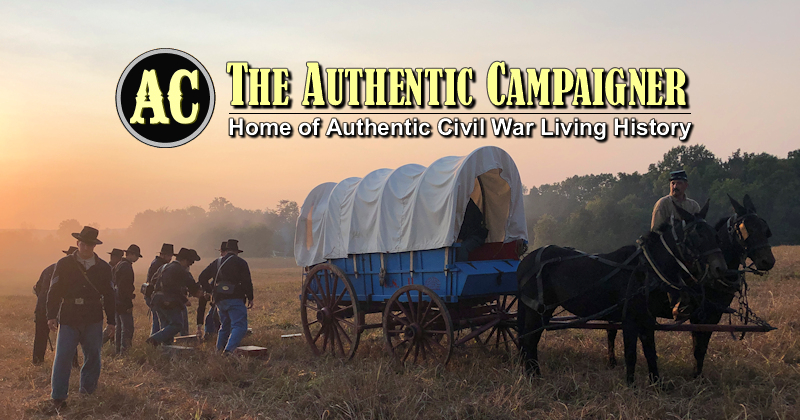Following a period recipee for making oilclothes I made corn starch sizing per the directions. Allowing this to dry on the cloth I then applied the blackened linseed oil mixture. On the underside of the cloth (reverse of the painted side) the mixture blead through in patches, some areas being black others yellow to white. Ideas on where I may have gone wrong with the sizing? Is there anything else PERIOD to use which works better?
Thanks,
Paul B. Boulden Jr.
RAH VA MIL '04
Gents,
For your oilcloth sizing pleasure, both current threads related to this subject have been consolidated like Arkansas infantry regiments into one convenient thread.
Starch away boys! :wink_smil
John Stillwagon
Forum Moderator
Thanks,
Paul B. Boulden Jr.
RAH VA MIL '04
Gents,
For your oilcloth sizing pleasure, both current threads related to this subject have been consolidated like Arkansas infantry regiments into one convenient thread.
Starch away boys! :wink_smil
John Stillwagon
Forum Moderator




Comment